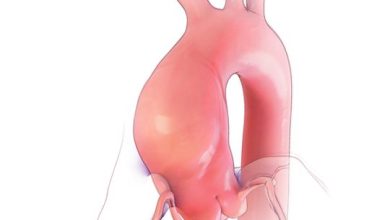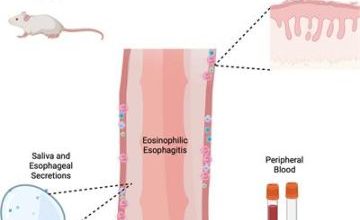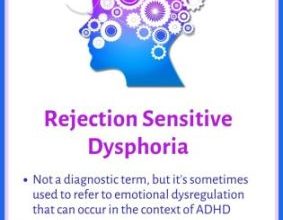Cracking The Code: Understanding ICD-10 For Postherpetic Neuralgia
What is Postherpetic Neuralgia?
Postherpetic neuralgia is a nerve pain that occurs after an individual has had shingles (herpes zoster). Shingles is a viral infection that causes a painful rash, and postherpetic neuralgia is a common complication that can persist long after the rash has healed.
Code Information
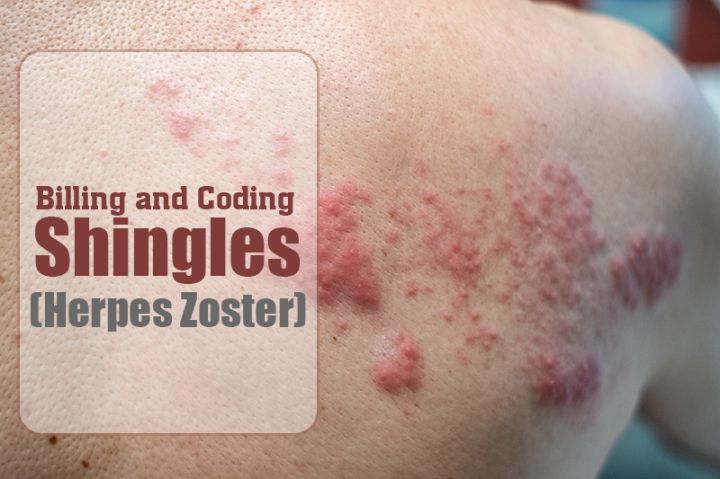
The ICD-10 code for postherpetic neuralgia is G53.0.
Diagnostic Related Groups (MS-DRG)
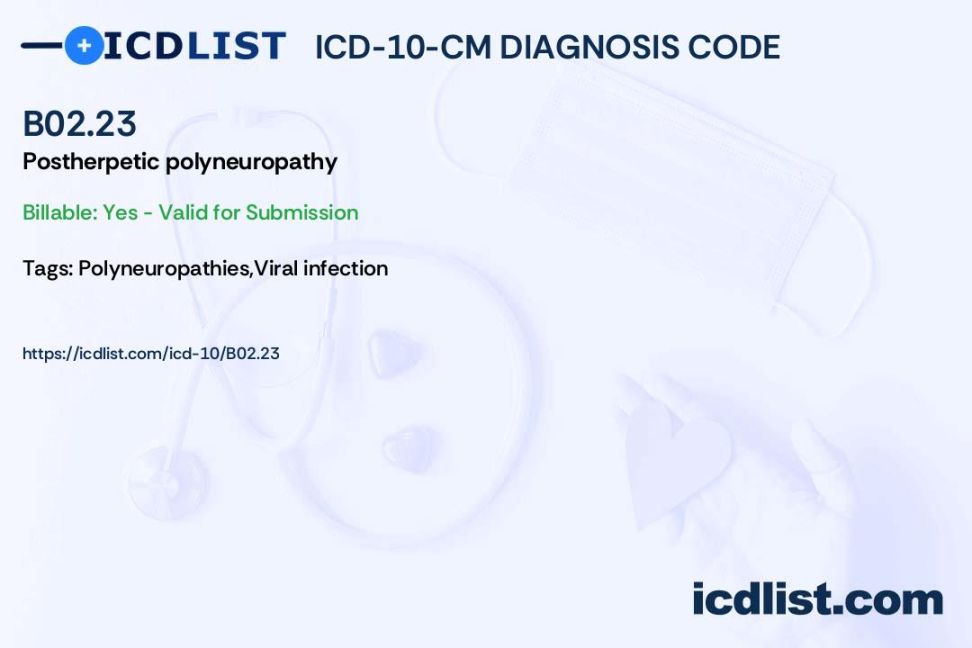
There is no specific MS-DRG for postherpetic neuralgia, as it is typically classified under other diagnoses related to nerve pain.
Convert to ICD-9 Code
The equivalent ICD-9 code for postherpetic neuralgia is 053.13.
Code History
The ICD-10 code for postherpetic neuralgia was introduced in 2016 as part of the regular updates to the ICD coding system.
Approximate Synonyms
Herpes zoster neuralgia
Neuralgia due to herpes zoster
Clinical Information
Postherpetic neuralgia is characterized by persistent nerve pain in the area where shingles rash occurred. The pain can be severe and debilitating, affecting the individual’s quality of life.
Causes
Postherpetic neuralgia is caused by damage to the nerves during the shingles infection. The virus can affect the nerves and cause them to misfire, sending pain signals to the brain even after the infection has cleared.
Symptoms
The main symptom of postherpetic neuralgia is persistent and severe nerve pain in the affected area. Other symptoms may include sensitivity to touch, itching, and numbness.
Diagnosis
Postherpetic neuralgia is diagnosed based on the individual’s symptoms and medical history. A healthcare provider may also perform a physical examination and order tests, such as imaging studies, to rule out other potential causes of the pain.
Treatment
Treatment for postherpetic neuralgia may include medications such as anticonvulsants, antidepressants, and pain relievers. Other treatment options may include nerve blocks, physical therapy, and alternative therapies such as acupuncture.
Conclusion
Postherpetic neuralgia is a common complication of shingles that can cause persistent and debilitating nerve pain. It is important for individuals experiencing postherpetic neuralgia to seek medical attention for proper diagnosis and treatment to manage their symptoms and improve their quality of life.
FAQs
1. Can postherpetic neuralgia be prevented?
2. How long does postherpetic neuralgia last?
3. Is postherpetic neuralgia contagious?
4. Are there any complications of postherpetic neuralgia?
5. Can postherpetic neuralgia be cured?




